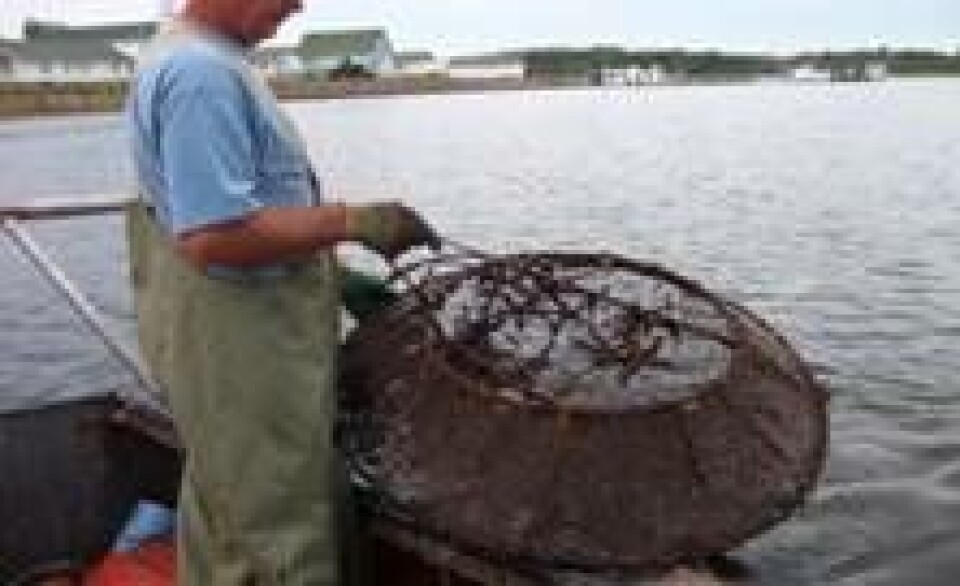
Pacific northwest oysters attacked
USA: For years scientists have been working with the Pacific oyster to improve its survival rate, increase growth rate and time, and even trying to make them taste sweeter so that they would be more appetizing for slurping raw from a shell. Everything looked good, until suddenly, a huge bloom of bacteria went through many farms, wiping out billions of oyster larvae.
Growers had put their faith in the scientists. The scientists had responded by making improvements through selective breeding of the once imported oyster from Japan. According to the newspaper Los Angeles Times, the Pacific oyster made to the number one aquaculture crop in the world, producing about 4.5 million tons a year (shells included) and valued at USD 3 billion.
The first victim was a broodstock program at Oregon State University in Newport, Oregon, in 2005. This was followed by commercial hatcheries in Washington and Oregon, causing seed shortage along the entire West Coast.
The Los Angeles Times reported recently that researchers have identified the problem as a strain of bacteria called Vibrio tubiashii. This is not dangerous to humans, but fatal to juvenile oysters.
The Vibrio blooms seem to be linked to warmer waters in estuaries and the oxygen-starved "dead zones" which have cropped up lately in the Pacific northwest. This bacterium thrives in areas such as these.
Again, the solution may be found through further research. Scientists at the University of Southern California have been selecting and improving oyster stocks. They have developed oysters which have double the benefit of cleaning the waters and growing faster. According to Los Angeles Times, these hybrid oysters do much better than wild oysters. They produce 2-3 times more oyster meat per acre of shellfish beds.






















































